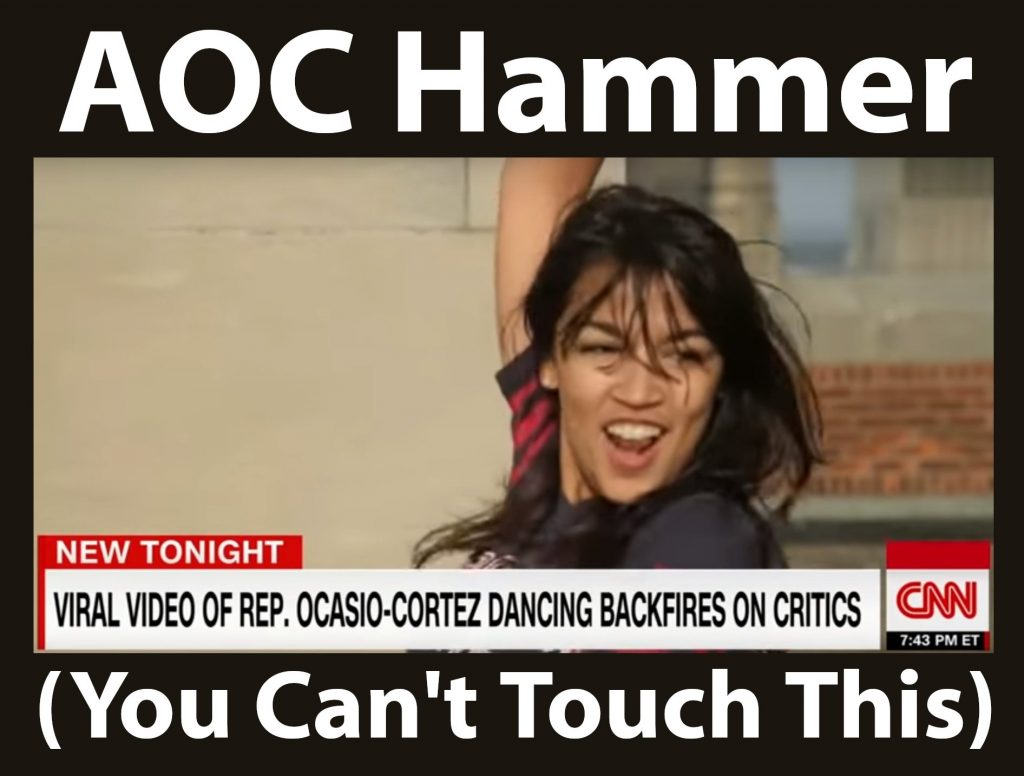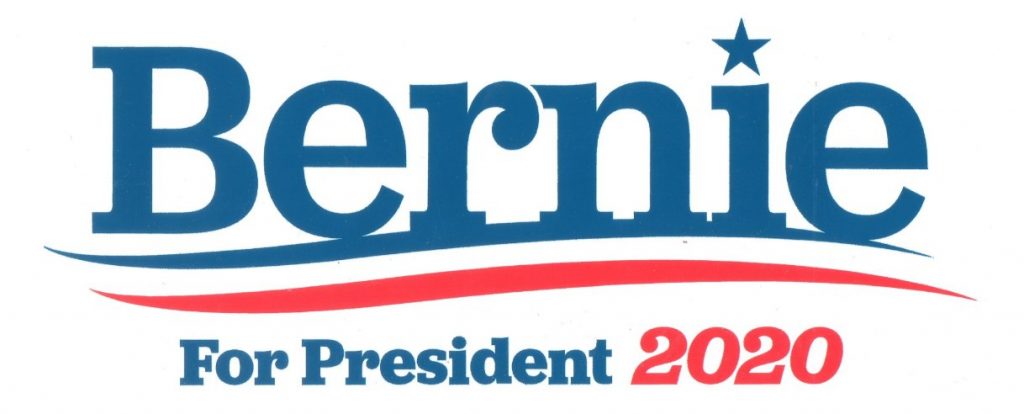
Why Bernie Sanders is the Best Candidate to Run Against Trump



A 2014 study conducted by Princeton and Northwestern universities concluded that: “The central point that emerges from our research is that economic elites and organized groups representing business interests have substantial independent impacts on US government policy, while mass-based interest groups and average citizens have little or no independent influence” and “Americans do enjoy many features central to democratic governance, such as regular elections, freedom of speech and association and a widespread (if still contested) franchise. But we believe that if policymaking is dominated by powerful business organisations and a small number of affluent Americans, then America’s claims to being a democratic society are seriously threatened.”
The study found that the influence of the average American is at a “non-significant, near-zero level.”
Earlier, George Carlin argued that:
“The real owners are the big wealthy business interests that control things and make all the important decisions. Forget the politicians, they’re an irrelevancy. The politicians are put there to give you the idea that you have freedom of choice. You don’t. You have no choice. You have owners. They own you. They own everything. They own all the important land. They own and control the corporations. They’ve long since bought and paid for the Senate, the Congress, the statehouses, the city halls. They’ve got the judges in their back pockets. And they own all the big media companies, so that they control just about all of the news and information you hear. They’ve got you by the balls. They spend billions of dollars every year lobbying ¬ lobbying to get what they want. Well, we know what they want; they want more for themselves and less for everybody else.”
Carlin argued that we only have the ‘illusion’ of choice. The Princeton and Northwestern study indicates this may be the case: that we already have an oligarchy posing as a democracy.
Probably the #1 progressive issue –above and beyond all others–is the legalized corruption that is taking place in our government which has undermined our democracy to the point that the influence of the average American is at a “non-significant, near-zero level.”
Now, if one REALLY believes that climate change is an EXISTENTIAL threat to humanity, and that we only have about 12 years to turn things around before we are screwed like the climate scientists are telling us (which obviously means that we need to START taking BOLD action ASAP in order begin to turn things around by the 12 year mark), then we will need someone LEADING who will PUSH to take the BOLD action we need to save ourselves.
Of course, politicians bought and paid for by the fossil fuel industry aren’t going to be interested in taking strong action on climate change. Just like politicians who take money from the NRA aren’t going to be interested in any gun control, politicians who receive money from the pharmaceutical industry and health insurance companies aren’t going to be interested in “Medicare for all,” politicians receiving large donations from corporations aren’t going to be interested in raising the minimum wage, politicians who have been corrupted by Big Money donors aren’t going to be interested in getting money out of politics and returning us to our Democracy, and so on and on.
Polls continue to show that this kind of legalized corruption is a top concern among all voters.
Why would anyone want to vote FOR a candidate who is corrupted by corporate interests over ours? Why would anyone want to vote FOR an oligarchy that doesn’t represent them?? Why would anyone want to vote FOR a candidate who may be willing to compromise humanity’s future regarding climate change by not taking bold enough action in time???
So, if Trump gets reelected, we’re screwed, BUT if we elect a candidate who is willing to compromise humanity’s future by not taking bold enough action regarding climate change in time, we are just as screwed.
This is just ONE reason I support progressive candidates like Bernie Sanders and Justice Democrats like AOC. They’re NOT corrupted by the establishment oligarchy, so they can actually represent the People instead, and they are already pushing for BOLD action regarding climate change.
I would not be willing to bet humanity’s future on anyone who is corrupted by corporate interests, no matter what they might promise to get elected.
Here’s the second reason…
If it’s purely a matter of who stands the best chance of beating Trump, regardless of who it is, I think the best argument could be made for Sanders…
The energy in the Democratic Party is in the progressive wing. That’s the wing that has the most grassroots support.
Not long ago the NYT published a map of candidates with the most individual donors across the U.S. (see below).
Bernie Sanders was represented in blue, and blue so dominated the map across the country they had to provide another map that didn’t include him so people could see where all the support for the other candidates were.
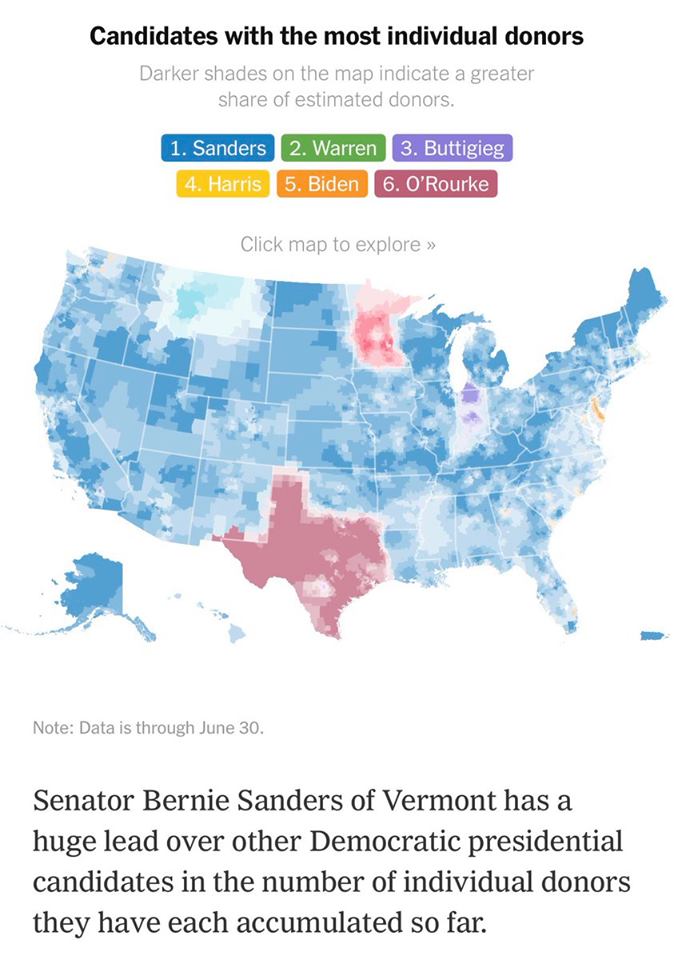
Polls continue to show Sanders has the highest favorability ratings of all candidates. He’s the candidate who seems to have the most grassroots support and grassroots energy; he’s the candidate who might do more to motivate the key younger demographic everyone says is most important (as well as those who don’t normally vote); he’s the candidate who did well in 2016 in red states like Kansas, Idaho, and Indiana, and key Trump swing states like Michigan and Wisconsin; he’s the candidate who might be able to peel off the most Republicans (he’s even the top second choice among Biden supporters for some reason); he’s the candidate who we might trust most to fight for the things he’s advocating for (because he has decades of receipts); he’s the candidate who always polls well in head-to-head match-ups against Trump, and so on.
I could also make the argument that despite many of his policy positions being labeled as “radical” and “far left,” they are actually popular and mainstream, but I’ll save going into that here for brevity’s sake.
Right now, the two most viable progressive candidates running are Bernie Sanders and Elizabeth Warren. The polls are currently showing them 2 and 3 behind Biden (but together they make up a larger share of Democrats who support them).
Biden is polling best at the moment, but I expect that gaffe machine to eventually self-destruct. And he doesn’t have nearly the grassroots support that Bernie does… or any of the energy.
IMO, anyone with a pulse SHOULD be able to beat Trump in 2020. However, I think the ONLY way Democrats MIGHT lose is if they run another establishment Democrat against a populist once again.
IMO, running establishment, so-called “centrist” candidates (who would rather reach out to Republicans and get their hands slapped every time than inspire their base) is what caused Democrats to lose 1,000 seats across the country leading up to 2016, and it’s what caused all three branches of government to fall into Republican hands before the last mid-terms.
IMO, Trump was so detestable, he inspired enough Democratic voters to get off their asses and give us back the House in the last mid-terms–and hopefully that is evidence of what will happen in 2020–BUT a sure way to KILL that motivation is to spit in the eye of progressives once again.
My hope is that Sanders and Warren come together for the win in the end. I think that will inspire the most enthusiasm and give us the best chance for a landslide that will carry over to the House and Senate (so it will be easier to get progressive policies passed).
Here’s the third reason…
EVEN IF, we elect someone as supposedly “radical” as Sanders (or even Warren), it’s going to be a tremendous uphill battle to bring about the changes needed to get back our democracy and save our planet for humanity.
REMEMBER: for those who may still think progressive ideas are too radical… we don’t elect monarchs or dictators, so whoever is elected probably won’t be able to get all of what they want done to the extent they want to get it done. They will still have to FIGHT for it, and what they do get done will probably end up getting watered down by the opposition (even the opposition in their own party).
But I think Democrats (in general) have forgotten how to get things done.
You DON’T START OUT by trying to compromise.
Democrats should relearn how to play the game Tug-of-War…
When you play Tug-of-War, the objective is to move the opposing team to your side. At the beginning of the game, you DON’T position your team on the boundary between the opposing sides, NOR do you initially position your team on the opposing team’s side and try to drag them onto yours from there. You position your team well on your own side, BEYOND where you expect to eventually pull them!!!
In my opinion, the best and easiest way we can “unify” is for those who would normally back an establishment candidate to back a REAL progressive this time. That way we can keep the energy on our side and bring in younger voters (who might not normally vote).
Now is NOT the time for incrementalism or compromises with corrupt politicians.
Now is the time for bold and dramatic action to save ourselves, our democracy, and our planet.
Right now, I think Sanders and Warren are the most viable candidates who stand a ghost of a chance of doing that.
We can’t afford to waste time trying to reach out to Republicans or compromise with corporate influence, and we can’t afford to waste time with incrementalism and gradualism.
MLK argued against the “tranquilizing drug of gradualism” when he said, “We are now faced with the fact that tomorrow is today. We are confronted with the fierce urgency of now. In this unfolding conundrum of life and history, there ‘is’ such a thing as being too late. This is no time for apathy or complacency. This is a time for vigorous and positive action.”
If we ever had a time when there was the “fierce urgency of now,” this is it.
If that doesn’t happen, we are screwed.
And it may already be too late.
I have more reasons I could go into, but this should be enough for now.
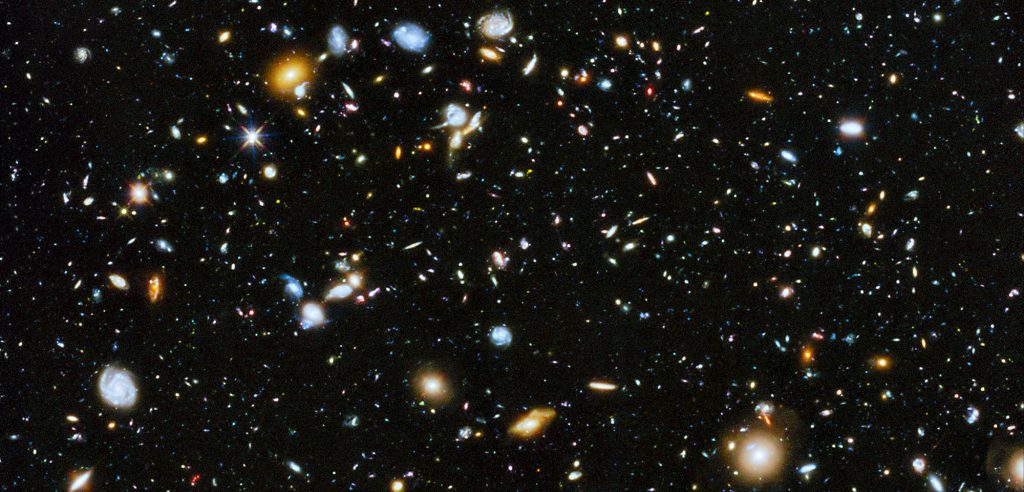
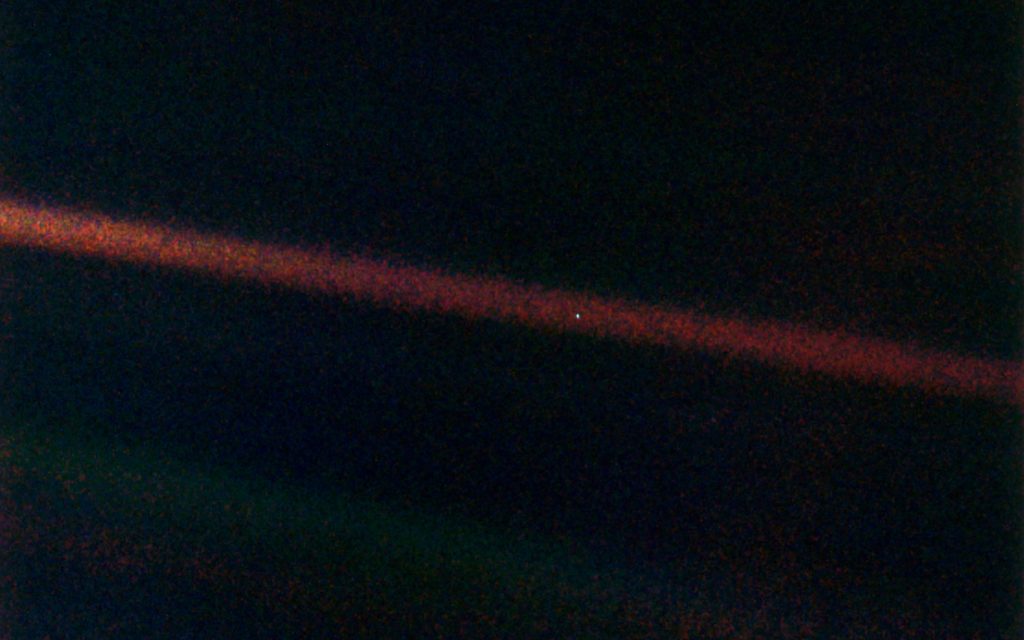
Before a joint session of Congress on May 25, 1961, President John F. Kennedy made this proposal:
“I believe that this nation should commit itself to achieving the goal, before this decade is out, of landing a man on the moon and returning him safely to the Earth. No single space project in this period will be more impressive to mankind, or more important for the long-range exploration of space; and none will be so difficult or expensive to accomplish.”
At Rice Stadium in Houston, Texas on September 12, 1962, he said:
“We choose to go to the Moon! We choose to go to the Moon…We choose to go to the Moon in this decade and do the other things, not because they are easy, but because they are hard; because that goal will serve to organize and measure the best of our energies and skills, because that challenge is one that we are willing to accept, one we are unwilling to postpone, and one we intend to win, and the others, too.”
These are some of his remarks about the challenge to go to the Moon on November 21, 1963, the day before he was assassinated in Dallas:
“Frank O’Connor, the Irish writer, tells in one of his books how, as a boy, he and his friends would make their way across the countryside, and when they came to an orchard wall that seemed too high and too doubtful to try and too difficult to permit their voyage to continue, they took off their hats and tossed them over the wall–and then they had no choice but to follow them.
“This Nation has tossed its cap over the wall of space, and we have no choice but to follow it. Whatever the difficulties, they will be overcome.”
They were overcome and Kennedy’s challenge was met.
Before the decade was out, on July 20, 1969–with over 530 million people watching from Planet Earth–the Lunar Module ‘Eagle’ carrying astronauts Neil Armstrong and Buzz Aldrin landed at 4:17 p.m. EDT.
At 4:18 p.m. Armstrong said:
“Houston, Tranquility Base here. The Eagle has landed.”
Attached to the ladder on the descent stage of the Lunar Module was a plaque with this inscription:
“Here men from the planet Earth first set foot upon the Moon July 1969, A.D. We came in peace for all mankind”
Later, at 10:56 p.m. Armstrong stepped onto the Moon surface and said:
“That’s one small step for man, one giant leap for mankind.”
Aldrin joined him about 19 minutes later, and together they spent a little over 2 hours on the Moon.
They returned to the Lunar Module at about 1:10 a.m. EDT July 21st.
If someone had to pick a date to start counting from as the dawn of a new era, July 20, 1969 is a worthy choice to consider.
The ‘political cartoon’ that appeared in the paper I have from the next day I thought was especially poignant.
A friend asked me once what I thought was the most significant news event to happen in my lifetime. He thought I my answer might be the 9-11 attack, or the John F. Kennedy assassination, or something along those lines.
I answered that I thought it was when we landed on the Moon.
That was a massive accomplishment!!!
It was the culmination of millions of years of evolution, including thousands of years of advances in mathematics, science, and technology.
It should be a national and international holiday.
In May 1961, when Kennedy proposed that the U.S. “should commit itself to achieving the goal, before this decade is out, of landing a man on the Moon and returning him safely to the Earth,” he was raising the bar about as high as it could have been raised. It was an incredible challenge that would require new concepts, new designs, and new technology. It would also require tremendous effort, tremendous investment, and tremendous coordination.
Growing up, I had been a big fan of NASA ever since I could remember….
I was born when Explorer 1–the first satellite launched by the United States–was still sending data back to Earth, and a little over 5 months before NASA was formed. At one time, I knew every mission, the astronauts that flew them, the nicknames of the spacecraft, and what happened with each one.
By July 1969, I was following the flight of Apollo 11 as closely as I could. I was one of millions of people all over the world watching the Moon Landing (on CBS with Walter Cronkite, of course).
The technology was fairly primitive by today’s standards….
Nevertheless, the Apollo Guidance Computer was a massive breakthrough at the time with 2k of memory and 32k of storage to land on the Moon, and it could preform 8 tasks at once!!!
During the descent they first had some trouble with communications, and then, after that was resolved, two computer alarms went off: 1202 and 1201.
The astronauts had been trained in simulators for almost everything anybody could imagine happening. Usually, if anything like this happened, the answer was to “abort” the landing.
The astronauts didn’t know these alarms meant and had never trained for them.
And at first, even NASA didn’t know what they meant either.
Basically, what was happening was that the computer was getting too much information to process. However, it was set to reboot automatically when that happened and return to the same place it was before it had to reboot, so it was more like some hiccups in the system, and Mission Control was still getting data.[The people who wrote that software in assembly language to land on the Moon probably had to be more succinct in their coding than most any other software program that comes out today, and it wasn’t a fault with the software that caused the problem, it was when Aldrin turned on some radar that would be useful if they had to abort. Aldrin also noticed the correlation and suggested that his action was related to the alarms. The extra data coming in as a result of Aldrin flipping that switch was enough to exceed the computer’s capacity and sound the alarms.]
Imagine you are one of the two people in the Lunar Module on your way down to be the first in all of human history to land on the Moon. You’re doing something that’s NEVER been done before and millions of people all over the word are listening to every word you say and every breath you take. The hopes of humanity are all focused on you, your margin of error is incredibly tiny with death just out the window, just one small mistake away…. and alarms are going off on your landing computer.
NASA came back with a “go” on those alarms. In other words, “ignore them” and “keep going.”
When Armstrong could get a good look at the landing site situation, he realized that it wasn’t the one projected. They were 2 seconds off, so they were two miles further downfield than they planned.
They were headed to land in a crater with car-size rocks all around.
Armstrong decided to take control of the landing to the extent he could. He expended almost all the remaining fuel in the lander to land passed that. This took them another two miles away from the original landing site.
At the end, when his fuel was about to run out, and dust was blowing up from the landing thrusters–making it difficult for him to see exactly where he was landing (or what he might be landing on)–they finally touched down so gently that it was hardly noticeable.Buzz Aldrin says, “Contact light.”
However, they actually hadn’t ‘landed’ at this point. The landing legs had probes extending down and he was reporting that at least one of the probes had touched the surface.
Then Neil Armstrong says, “Shutdown” and Aldrin responds, “Okay. Engine stop.”
There was a short technical exchange between Armstrong and Aldrin that was part of the post-shutdown process, then there was the “official” announcement by Armstrong: “Houston, Tranquility Base here. The Eagle has landed.” [Houston was where Mission Control was located. Armstrong come up with the name “Tranquility Base” because they had landed in the lava-plain Mare Tranquillitatis (“Sea of Tranquility”). The “Eagle” was the name of the Apollo 11 Lunar Module.]
One can make an argument for any of these as the first words spoken from the Moon.
Regardless, considering all the pressure they were under and ongoing drama going on I just relayed, the words exchanged between the two astronauts and Mission Control during the entire descent are exceedingly calm.
Mission Control expresses the pent-up relief everyone must have felt once they had landed in their response, “Roger, Twan…Tranquility. We copy you on the ground. You got a bunch of guys about to turn blue. We’re breathing again. Thanks a lot.”
Keeping all that in mind, this video is one of the best there is to watch the landing.
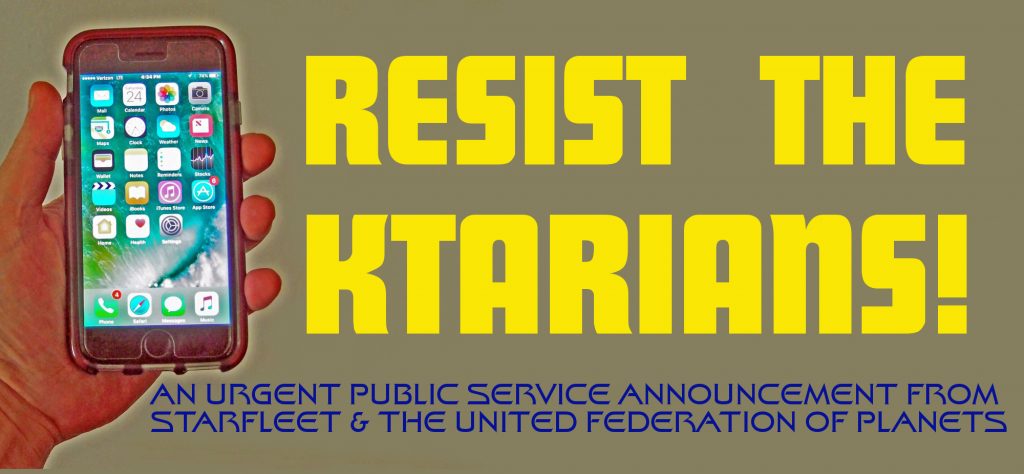
A while back, I ran across several videos and articles by a “technology design ethicist” named Tristian Harris–who also appeared on 60 Minutes–about how technology is manipulating us into spending more time online and the consequences thereof. He says, “I call it the race to the bottom of the brain stem.”
From a November 2016 article in The Atlantic:
I can’t find one good single video to cover all the things he gets into overall, though SOME of it overlaps aspects of what I’ve been arguing for years that have to do with what is evidently called the “Attention Economy” and how it encourages short attention spans, desires for instant gratification, black and white thinking, and isolates us into our own content bubbles of conformation biases (which drives us further apart).
But most of what you’ll find in these videos and articles has to do with some examples of what is evidently called “Persuasive Technology” designed to continually capture our attention until it becomes like a drug.
A few other interesting phrases I ran across diving into this were: “Choice Architectures,” “Design Ethics,” and “Continuous Partial Attention.”
In his appearance on 60 Minutes, professor of psychology at California State University Larry Rosen–a researcher of the psychology of tech–said typically, people check their phones every 15 minutes or less. They’re not just craving dopamine; he said they’re seeking relief from the stress hormone cortisol.
In an article by professor of psychology at San Diego State University Jean M. Twenge titled: “Have Smartphones Destroyed a Generation?” she worries post-Millennials are “on the brink of a mental-health crisis.”
Some aspects of this remind me of the Star Trek Next Generation episode “The Game.”
The plot of the episode from Wikipedia:
All this resulted in me creating the image meme at the top of this post.
This is one decent short introductory video about it….
https://www.youtube.com/watch?v=MacJ4p0vITM
Here are a couple others that are a bit longer….
https://www.youtube.com/watch?v=zE2rTXySkbQ
https://www.youtube.com/watch?v=jT5rRh9AZf4
Here’s a link to Tristian Harris’ site:
I’m 61-years-old and it seems I’ve moved 31-32 times in my life (covering 5 states and 10 cities).
The 5 states were: NC, FL, TN, VA, and PA.
The 10 cities and the number of places I’ve lived in each of them is below:
Wilmington, NC – 11
Wrightsville Beach, NC – 2
Concord, NC – 2
Charlotte, NC – 2
Nashville, TN – 2
High Point, NC – 1
Burlington, NC – 1
Hampton, VA – 1
Jeffersonville, PA – 1
Clearwater, FL – 1
Most of the moves have been in NC.
I’ve moved to and from Wilmington/Wrightsville Beach, NC and Burlington, NC six times, and Charlotte, NC and Wilmington/Wrightsville Beach, NC twice.
The last move I made was to Charlotte in 2005, so I haven’t moved in 14 years. Considering I lived here briefly earlier, the total time here is about 15 years.
The total time I spent in Burlington growing up–and coming back a few times–is about the same.
The time I spent in Concord in my earliest years is about half that (7 1/2 years).
But it seems I lived in 13 different places in the Wilmington/Wrightsville Beach area alone, so I spent a LOT of time there.
As a result, I’ve still lived longer in the Wilmington/Wrightsville Beach, NC area than anywhere else…
…and I still miss it.
I’ve always felt at home there from the first time I visited in 1976. Every time I drive across the Cape Fear River Bridge into the city, I have a sense of relief… like I’m finally home again.
Maybe I’ll get back there someday.
Imagine a library where every combination of letters, spaces, commas, and periods is accessible, where anything that has ever been said or written or thought—or ever could be said or written or thought—is there. It would include news stories about the future, descriptions of your own birth and death, the secrets of the universe, and so on and on (both true and false, of course).
According to Wikipedia, “‘The Library of Babel’ (Spanish: La biblioteca de Babel) is a short story by Argentine author and librarian Jorge Luis Borges (1899–1986), conceiving of a universe in the form of a vast library containing all possible 410-page books of a certain format and character set.”
This short story was published in 1941.
A couple years ago, someone decided to build a website to implement the idea. The video at the bottom of this post is set to start at the 17:10 mark where it talks about how it works.
The problem with this is that because there are more possible combinations than you could ever sort through, the vast and overwhelming majority of it is gibberish. And just as in the short story, spending time trying to find something useful in all the gibberish could result in “suicidal despair.”
However, the site does allow you to find anything you type in to search for within the library.
What’s also weird is that the library on the site has the same thing for images.
As it says on the site about that section of the library:
“Instead of letters and punctuation marks, the Image Archives permute the 4096 colors, and rather than a page of 40 lines each with 80 characters, the images are pixel grids with 416 rows and 640 columns. It contains every image that ever has been or could be created with this color palette in these dimensions, including portraits of every person who ever lived at every moment in their life, digitized versions of every work of art ever created, even those lost to history, as well as every work of art which ever could be created, and photographs of your own birth, wedding, and funeral.”
As intriguing as this might be, again, the vast majority of images look like static. And again, you could look for something by uploading an image and it will find where it would be located in the library.
While it might seem to be some kind of trick—that the only coherent thing you might find is what you input—the site doesn’t store any text or pictures. As the person who built the site says, “Since I imagine the question will present itself in some visitors’ minds (a certain amount of distrust of the virtual is inevitable) I’ll head off any doubts: any text you find in any location of the library will be in the same place in perpetuity. We do not simply generate and store books as they are requested – in fact, the storage demands would make that impossible. Every possible permutation of letters is accessible at this very moment in one of the library’s books, only awaiting its discovery.”
As compelling as this might seem, I imagine hunting for something in all the static could lead to madness.
However, it is kind of disturbing to consider the implications. It has been bothering me ever since I learned about it.
Here’s the video:
https://youtu.be/GDrBIKOR01c?t=17m10s
Here’s the site:
I recently discovered that I may be in a generational sub-group of the Baby Boomer generation. I was born in 1958 and have often felt that being on the tail end of the Boomer Generation was actually very much like being whipped around like the tail of a larger beast. It was like having a lot of the idealism of that generation while seeing the mistakes the Boomers were making, but not being able to do much about it. It was like coming late to the party when most of the cake was gone and the party prizes had already been given out (not as much at first, but more later as we entered the workforce). It also felt like we came of age just when there were beginning to be blow-backs and cut backs from the excesses from our older brethren (which only seemed to increase over time).
“Generation Jones is a term coined by the author Jonathan Pontell to describe those born from approximately 1954 to 1965, while other sources place the start point at 1956 or 1957. This group is essentially the latter half of the baby boomers to the first years of Generation X.”
–snip—
“The generation is noted for coming of age after a huge swath of their older brothers and sisters in the earlier portion of the baby boomer population had come immediately preceding them; thus, many Generation Jones members complain that there was a paucity of resources and privileges available to them that were seemingly abundant to those older boomers born earlier. Therefore, there is a certain level of bitterness about and a ‘jonesing’ for the level of freedom and affluence granted to older boomers but denied to their generation.”
